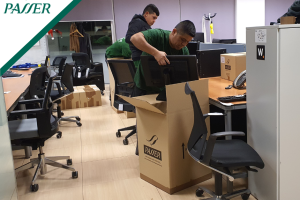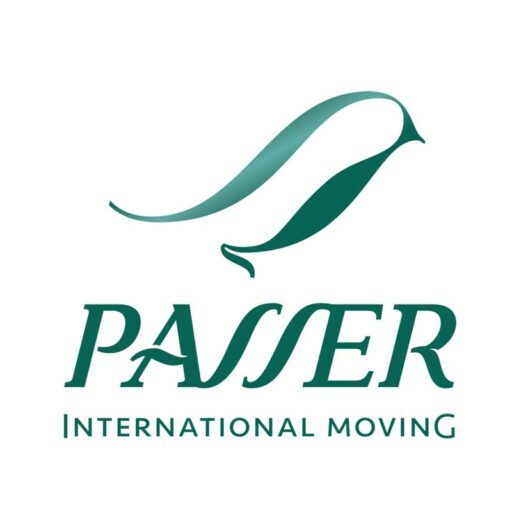How documents are classified in a company
How documents are classified It's a key question for any company that wants to maintain control, efficiency, and security in its information management. Although today's media and methods have changed radically thanks to technology, the concept of a document remains the same: documents or files that approve, accredit, or record important information, such as contracts, reports, invoices, receipts, or budgets.
In recent decades, we've moved from storing most documentation in paper form to working with digital document management systems. However, many companies still need to keep some of their documents in physical format, whether due to legal requirements, security reasons, or organizational preferences. This makes proper classification more important than ever.
The organization of documents
The main objective of organizing and classifying documents is to facilitate rapid access to information, ensure its preservation, and prevent loss. Within document organization, it is essential to differentiate between classifying and ordering. Classifying means grouping documents according to defined criteria, while ordering involves establishing a logical order within those groups.
Classification of files and documents
In the business world, document classification must be structured and consistent. For efficient management, it is advisable to group documentation according to clear criteria, such as content, format, or use. Examples of common groupings in a company include delivery notes, receipts, commercial offers, and customer lists.
Following a hierarchical structure makes it easier to search and retrieve documents, and allows any authorized member of the company to find what they need without confusion.
Types of document classification
Functional classification: Group documents according to the activities they originate from. For example, employee contracts, project plans, or follow-up reports.
Organic classification: Organize documents according to the company's administrative structure, such as administration, human resources, or sales departments.
Classification by subject: Group documents according to topic or subject, such as invoices, estimates, or contracts.
Funds, series, files and loose documents
Regardless of the type of classification chosen, documents can be organized into different levels:
Money: Documents grouped by entity, such as banking entities.
series: Within a fund, documents derived from repetitive activities, for example, receipts or bank statements.
Files: Documents related to the same subject within a series.
Loose documents: Independent files that do not belong to a specific case.
Document organization methods
In addition to classifying, it's necessary to organize documents. Some common methods include:
Chronological order: From oldest to most recent, separated by years, months and days.
Alphabetical arrangement: By names of people, companies or places, following the alphabet.
Numerical ordering: Ideal when each document has a consecutive number.
Sorting by concepts: Less common in companies, but useful for organizing correspondence.
Importance of a correct classification
Know how documents are classified Not only does it optimize search time, but it also helps comply with legal regulations, facilitates audits, and prevents the loss of valuable information. Good classification is the foundation of any efficient document management system, both in digital and paper formats.
Passer Moving Document Management
At Passer Moving, we offer a specialized document management service for companies and entities such as banks, notaries, law firms, and insurance brokerages. We have the experience, resources, and methodology necessary to ensure that all documentation is properly classified, organized, and protected.
If you want to optimize your company's document management and ensure every file is where it belongs, contact us. We'll help you implement a professional system tailored to your needs, with solutions for both physical and digital documents.








